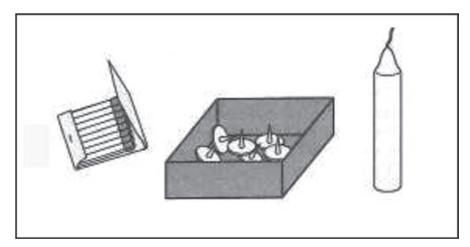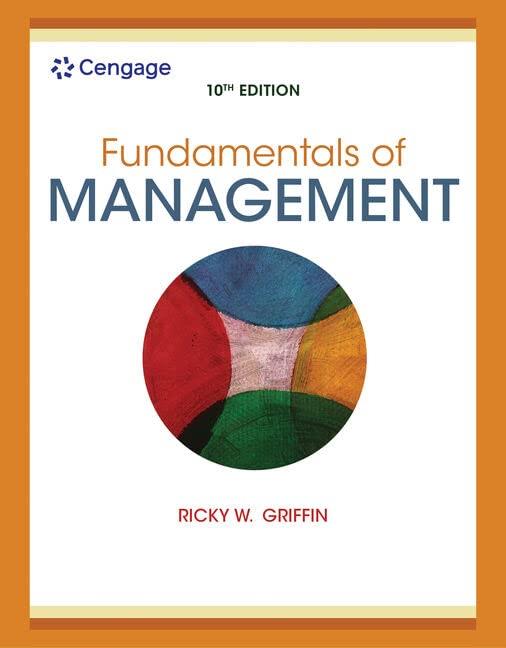How good are you at thinking outside the box? Are you fixated on functionality? Try solving the
Question:
How good are you at “thinking outside the box”? Are you fixated on functionality? Try solving the following problem before googling the solution.
You have the three items pictured here: a book of matches, a box of thumbtacks, and a candle.

How can you attach the candle to a wall so that, when it’s lit, wax doesn’t drip on the floor?
2. Explain the advantages and disadvantages of open innovation and multidisciplinary collaboration in terms of team cohesion. What aspects of such teams, for example, may increase cohesiveness? Which aspects may reduce cohesiveness?
3. Consider teams formed for multidisciplinary collaboration or as a result of open innovation in terms of role structure. Is role structure, for example, likely to be set or to evolve differently than it usually does in internal functional or task groups? How might the transmission of sent roles be more complicated? Is role ambiguity likely to be more prevalent? How about role conflict (in particular, intrarole conflict)?
4. Gratton and Erickson describe two leadership styles among leaders of multidisciplinary teams:
• Relationship-oriented leaders tend to foster “an environment of trust and goodwill in which people are more likely to share knowledge”;
• Task-oriented leaders help “to make objectives clear, to create a shared awareness of the dimensions of the task, and to provide monitoring and feedback.”
First of all, ask yourself which of these two leadership styles you’re more comfortable with. In other words, if you were assigned to lead a team, which leadership style would you probably bring to the task?
Now assume that you have been assigned to lead a team of fellow students in drafting a proposed curriculum of required courses for freshmen and sophomores at your college. Naturally, the team consists of students with a broad range of majors. What will probably be your strengths as leader of your group? What will probably be your weaknesses?
Finally, in trying to determine which style— relationship or task oriented—was most effective in leading collaborative teams, Gratton and Erickson concluded that an emphasis throughout a project on one style at the expense of the other inevitably hindered the long-term performance of the team. . . . The most productive, innovative teams were typically led by people who were both task and relationship oriented. What’s more, these leaders changed their style during the project.
Under what circumstances will you most likely have to change your leadership style in order to keep the group working effectively? Try to be specific in identifying circumstances that might arise over the course of your team project. What do you need to do in order to adjust your style to shifting circumstances?
Step by Step Answer:






